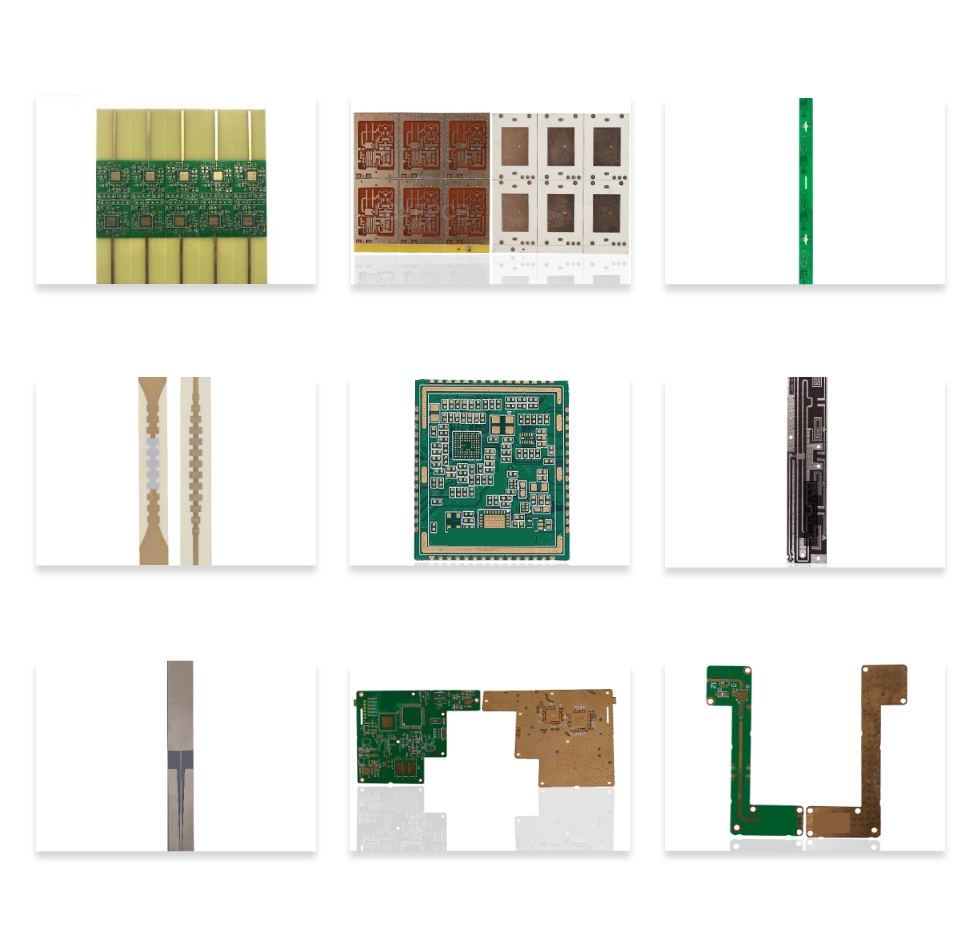Services
the key points of the manufacturing process for networking devices like routers, switches, or gateways, based on industry practices and Teltonika’s insights
1. Product Design & Engineering
-
Define the device’s features: number of ports, wireless standards (Wi-Fi, LTE, 5G), power supply, and size.
-
Hardware engineers design schematics and PCB layouts.
-
Firmware and embedded software teams develop networking protocols, drivers, and interface layers.
2. Component Sourcing
-
Source key parts: network processors, memory chips, RF modules, Ethernet transceivers, power management ICs, antennas.
-
Select components based on performance, longevity, and regulatory compliance.
3. PCB Manufacturing & Assembly (PCBA)
-
PCB fabrication: Copper layers etched, drilled, and layered based on high-speed signal requirements.
-
SMT (Surface Mount Technology): Pick-and-place machines mount ICs, resistors, capacitors, and RF modules.
-
Reflow soldering: PCBs pass through ovens to solidify component connections.
-
Through-hole assembly: Manual or wave soldering of connectors, transformers, or shielding cans.
-
Quality checkpoints like AOI (Automated Optical Inspection) follow each stage.
4. Testing
-
ICT (In-Circuit Test): Validates electrical connectivity.
-
Functional Test: Runs firmware to verify CPU, RAM, flash, and interfaces (LAN, WAN, USB, etc.).
-
RF Testing: Checks wireless modules (Wi-Fi/LTE/5G) for frequency accuracy and output power.
-
Burn-in Test: Devices are stressed over time to detect early failures.
5. Firmware Upload & Calibration
-
Load production firmware and secure bootloaders.
-
Calibrate antenna matching, signal gain, thermal performance, and RF noise.
-
Configure default network parameters (IP, SSID, passwords, etc.).
6. Final Quality Inspection
-
Visual checks for enclosure alignment, labeling, and indicator LEDs.
-
MAC address and serial number assignment for traceability.
-
Devices scanned into the system with full traceable history.
7. Packaging & Logistics
-
Securely pack with user manuals, cables, adapters, and certification labels.
-
Include environmental compliance (RoHS/REACH), telecom certifications (FCC/CE/NCC), and ESD protection.
-
Ship to customers or integration centers.
8. Factory Environment Control
-
Use ESD-safe floors, humidity control, and clean rooms to protect sensitive RF and networking components.
-
Implement MES (Manufacturing Execution Systems) to track production status in real-time.
